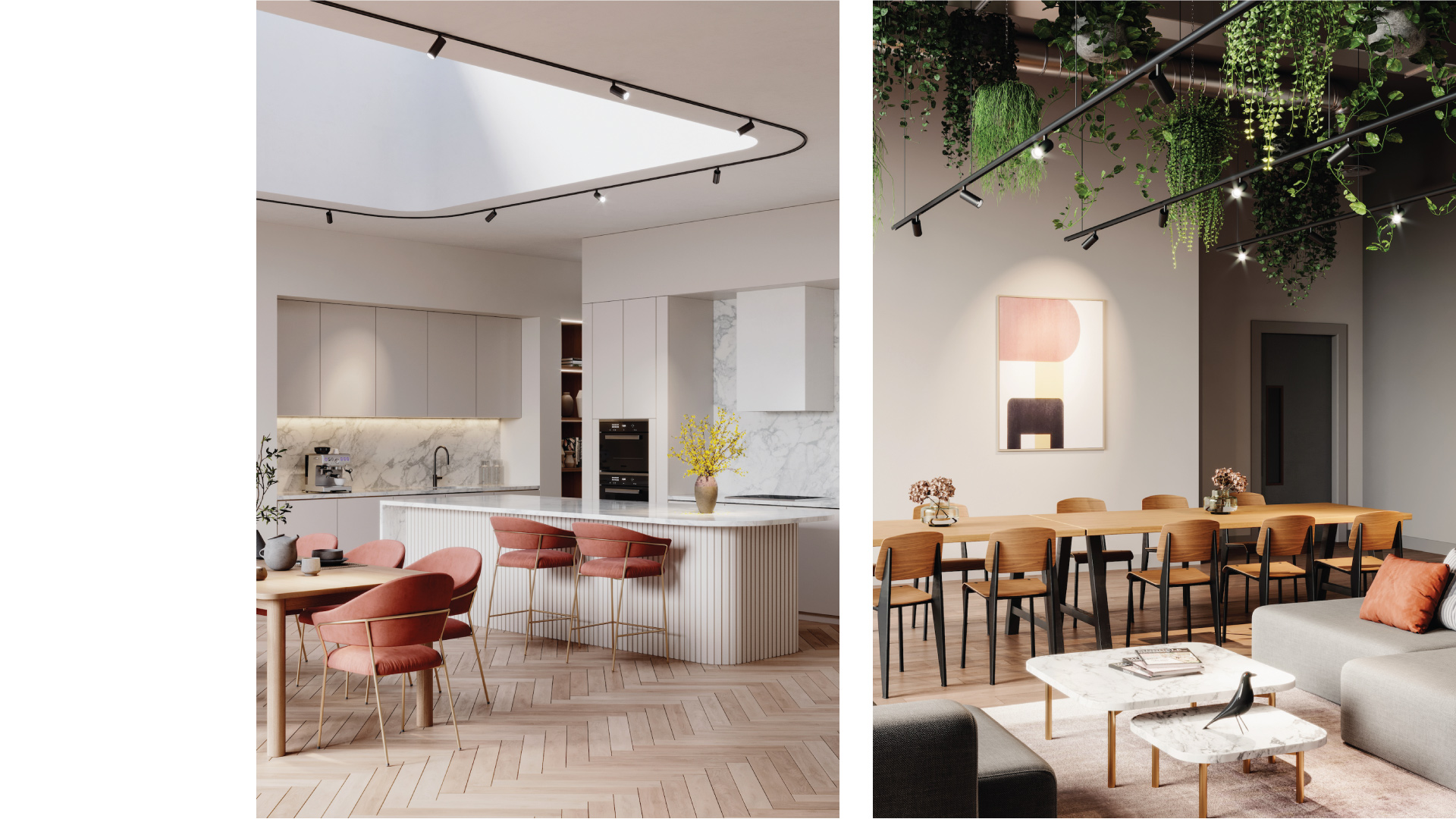
Some think that realistic 3D rendering depends mainly on the rendering software. Others consider rendering software secondary to skills. Some consider the very notion of realism to be subjective, while others refute any room for subjectivity.
Unsurprisingly, to the untrained eye even a very basic render done in Sketchup might appear realistic. But even a true professional might get fooled by a well-made render into thinking that he is looking at a photograph.
What is realistic 3D rendering?
Moreover, different 3D artists work in different styles. Initially, different styles might seem more realistic to different people. However, if we exclude stylistic preferences and base ourselves on concrete references – we can determine some objective criteria for realism.
In order to define realistic 3D rendering, let us first define the general notion of realism in the arts. According to Encyclopedia Britannica, realism is the accurate, detailed, unembellished depiction of nature or of contemporary life. Realism rejects imaginative idealization in favour of a close observation of outward appearances. As such, realism in its broad sense has comprised many artistic currents in different civilizations.

Likewise, according to Wikipedia realism, sometimes also called naturalism, is generally the attempt to represent subject matter truthfully, without artificiality and avoiding speculative fiction and supernatural elements. Realism has been prevalent in the arts at many periods and can be in large part a matter of technique and training, and the avoidance of stylization.
Finally, let us mention the notion of illusionistic realism, unavoidable for discussing realistic 3D rendering. In the visual arts, illusionistic realism is the accurate depiction of lifeforms, perspective, and the details of light and color. But realist or naturalist works of art may, as well or instead of illusionist realism, be “realist” in their subject matter, and emphasize the mundane, ugly or sordid.
ORBIT product catalogue
Fortunately, our subject matter here was anything but mundane, ugly or sordid! Our client – a Belgian company called ORBIT – is a lighting manufacturer. Since over 30 years, ORBIT develops and produces state-of-the-art architectural lighting systems. They work in the medium to high end project lighting market. This includes hotel, office, leisure, retail and living spaces. They commercialize their lighting fixtures through an international dealer network of creative lighting specialists. ORBIT’s headquarters and production site are located near Antwerp.

We started working with them all the way back in 2015 but until now have not produced any renderings. In 2021 they reached out and commissioned us to create two realistic 3D rendering packages for their product catalogue. The first pack included 1 studio render and 3 integrations of their products into specified environments. The second pack was larger and included 4 integrations and several dozen packshots. These packshots featured 5 products in a variety of different finishes each making for a total of 32 renders. Therefore, we decided to group all the product integrations here and publish the packshots in another post.
Such product catalogue rendering assignments are particular for us because they usually have longer deadlines than competitions and pitches. In such assignments image quality counts above speed. Therefore, we can take more time fine tuning our scenes in order to produce the most realistic results possible.
What makes a realistic 3D rendering?
Without doubt lighting is the most crucial element in a realistic 3D rendering. Most professionals are aware of this dogma, but we find it a tad oversimplified. If we take some time to analyze the issue, we can conclude that each element plays its own important role. These elements include not just lighting, but also textures, and geometry. Obviously without good lighting even the most intricately modeled and textured scenes will look dull and boring.

Why are textures and geometry just as important? On the one hand, without good textures light cannot spread realistically. We need materials to produce those amazing highlights and reflections that make a CGI seem real. On the other hand, good textures cannot be realistically applied onto bad geometry. Objects that are too roughly modeled, with sharp and not rounded edges will look fake. In fact, in such a scene no textures or lighting would look convincingly realistic.
Lastly, in product catalogues there is usually no need for integrating characters. However necessary they might be to show the use of spaces – they are not so important for products. For now, 3D characters still look too fake to trick our eye. However, poorly integrated 2D characters are even worse because they just look like pasted stickers. Consequently, they do even less to maintain the illusion of reality we work so hard to achieve.
Importance of realistic 3D rendering
Since this is a lighting catalogue, the various lighting effects were even more important for realistic 3D rendering. By this we mean that every lighting fixture can contain different light sources or bulbs. These bulbs produce different intensities, colors, and spreads of light. In this project we did our best to ensure that all of them would cast realistic lighting when integrated in our scenes.

Do you like these 3D renderings? If so, go on to see the product packshots that we produced for ORBIT in the second phase of this project. Otherwise see this other photorealistic 3D rendering project we made.
However, please also keep in mind that we do not just do such extremely realistic renderings. If you are tight on time or budget or if you just want a good price/quality ratio – we have a solution!
So regardless of your 3D visualization priorities – do not hesitate and get in touch with us to discuss them. We are sure that together with our teams of 3D artists we will manage to satisfy all your needs.
Curious to see who we are or how we work? Go ahead and read some more about us or about our process.
